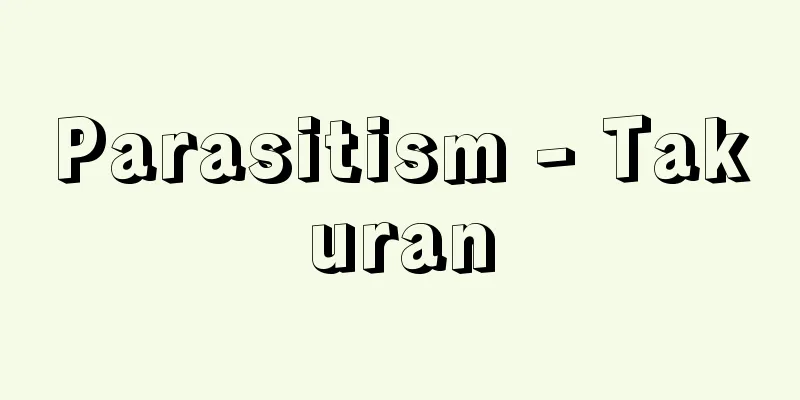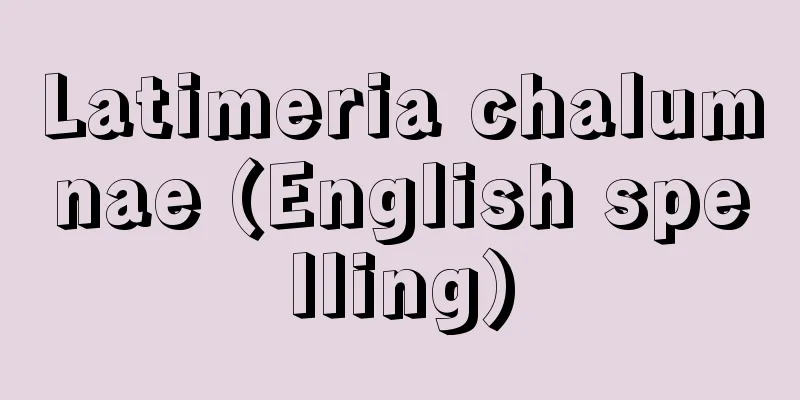Parasitism - Takuran

|
This is a habit of birds that breed by leaving the tasks of nest building, incubation, and chicks to other birds (foster parents). Four species of brood parasitism breed in Japan: the lesser cuckoo, the common cuckoo, the cuckoo-eared thrush, and the common hawk-eagle. There are about 80 species of birds that behave in this way, including the lesser cuckoos, starlings, honeyguides, weavers, and anats, which accounts for only about 1% of all living birds. The fact that brood parasitism is found in so many families suggests that the habit has arisen independently many times, but the origin and evolution of the habit are still not fully understood. The eggs of lesser cuckoos are very similar in color and pattern to the eggs of their host parents. For example, lesser cuckoos lay chocolate-colored eggs similar to those of their host parents, the Japanese bush warbler, while hawks lay blue-tinged eggs similar to those of their host parents, the blue-and-white flycatcher. Furthermore, among the common cuckoo and cuckoo-eared crickets, which lay their eggs in several types of host parents, it is known that there are strains of the same species that lay different color eggs depending on the host parent, and in Hokkaido, where there are no lesser cuckoos, it was discovered in 1984 (Showa 59) that cuckoo-eared crickets lay chocolate-colored eggs in Japanese bush warblers' nests. A brood parasite waits until the host is absent, picks up one or more eggs from the nest, and lays one of its own within a few seconds. The eggs usually hatch before the host's eggs, and the hatched chick throws the host's eggs and chicks out of the nest with the recesses of its back. Honeyguide chicks kill the host chicks with their hooked beaks, and the chicks that monopolize the nest are fed by the host parents and grow up. However, some species, such as the Great Cuckoo, grow up together with the host chicks in the nest. [Yamagishi Satoshi] [Reference] |Source: Shogakukan Encyclopedia Nipponica About Encyclopedia Nipponica Information | Legend |
|
鳥類が繁殖に際し、営巣、抱卵、雛(ひな)の世話を自分で行わずに、ほかの鳥(仮親)に任せる習性をいう。托卵鳥は、日本にはホトトギス科のホトトギス、カッコウ、ツツドリ、ジュウイチの4種が繁殖している。このような習性をもつ鳥類は、世界ではホトトギス科、ムクドリモドキ科、ミツオシエ科、ハタオリドリ科、カモ科の約80種であり、現生の鳥類全体で約1%にすぎない。托卵習性がこのようにいくつもの科にまたがることは、この習性が独立に何回も生じたことを示唆しているが、托卵習性の起源と進化についてはまだ完全にはわかっていない。 ホトトギス類の卵は、仮親の卵に色や模様がよく似ている。たとえば、ホトトギスは仮親であるウグイスと似たチョコレート色の卵を産み、ジュウイチは仮親のコルリと似た青色を帯びた卵を産む。さらに、数種類の仮親に托卵するカッコウやツツドリでは、同じ種でも仮親の違いに応じて異なる色の卵を産む系統があることが知られており、ホトトギスのいない北海道では、ツツドリがウグイスの巣にチョコレート色の卵を産み込むことが1984年(昭和59)発見された。 托卵鳥は、仮親の留守を見計らい、その巣から卵を1個または数個くわえ出し、数秒の間に自分の卵を1個産み込む。その卵は普通、仮親の卵より先に孵化(ふか)し、かえった雛は背中のくぼみに仮親の卵や雛をのせて巣外へほうり出す。ミツオシエの雛は、鉤(かぎ)状の嘴(くちばし)で仮親の雛を殺してしまい、巣を独占した雛は仮親から給餌(きゅうじ)を受けて大きくなる。しかし、なかにはアメリカジカッコウのように、仮親の雛と巣内でいっしょに育つものもある。 [山岸 哲] [参照項目] |出典 小学館 日本大百科全書(ニッポニカ)日本大百科全書(ニッポニカ)について 情報 | 凡例 |
>>: Taklamakan Desert - Taklamakan Desert
Recommend
The Kamo clan - Kamo no Kimi no Uji
…Originally, Hitokotonushi was the god of Mount K...
Window dressing - window dressing
An accounting practice in which profits are overs...
NATURAL
A manga by Narita Minako. A coming-of-age drama de...
Aedon (English spelling) Aēdōn
In Greek legend, she was the wife of Zethus, king ...
Amynthas
...The fertilization sacs are located in 1-5 pair...
Conscientious objection - ryousintekiheikikyohi
Refusing to serve in the military in accordance wi...
Ant fleas - Ants only
...It is also used as an ingredient in canned goo...
Chinese Art
China is a multi-ethnic country made up of over 5...
Anatidae - Anatidae
... (1) Phasianidae Chicken (Red jungle fowl and ...
Bṛhat‐kathā
A great collection of tales from ancient India tha...
Ghost story play
... While turning the world of Chushingura upside...
Kidder, Mary Eddy
Year of death: June 25, 1910 (Meiji 43) Born: Janu...
Wang Bi - Wang Bi
A scholar from the Wei dynasty during the Three K...
Gakushuin University - gakushuindaigaku
[Private, Toshima-ku, Tokyo] [Established by] Gaku...
Amanogawa Aoki - Amanogawa Aoki
...Daruma Aoki is a member of the Hime Aoki famil...









![Atsumi [Hot Spring] - Atsumi](/upload/images/67cf2fe19a0c3.webp)